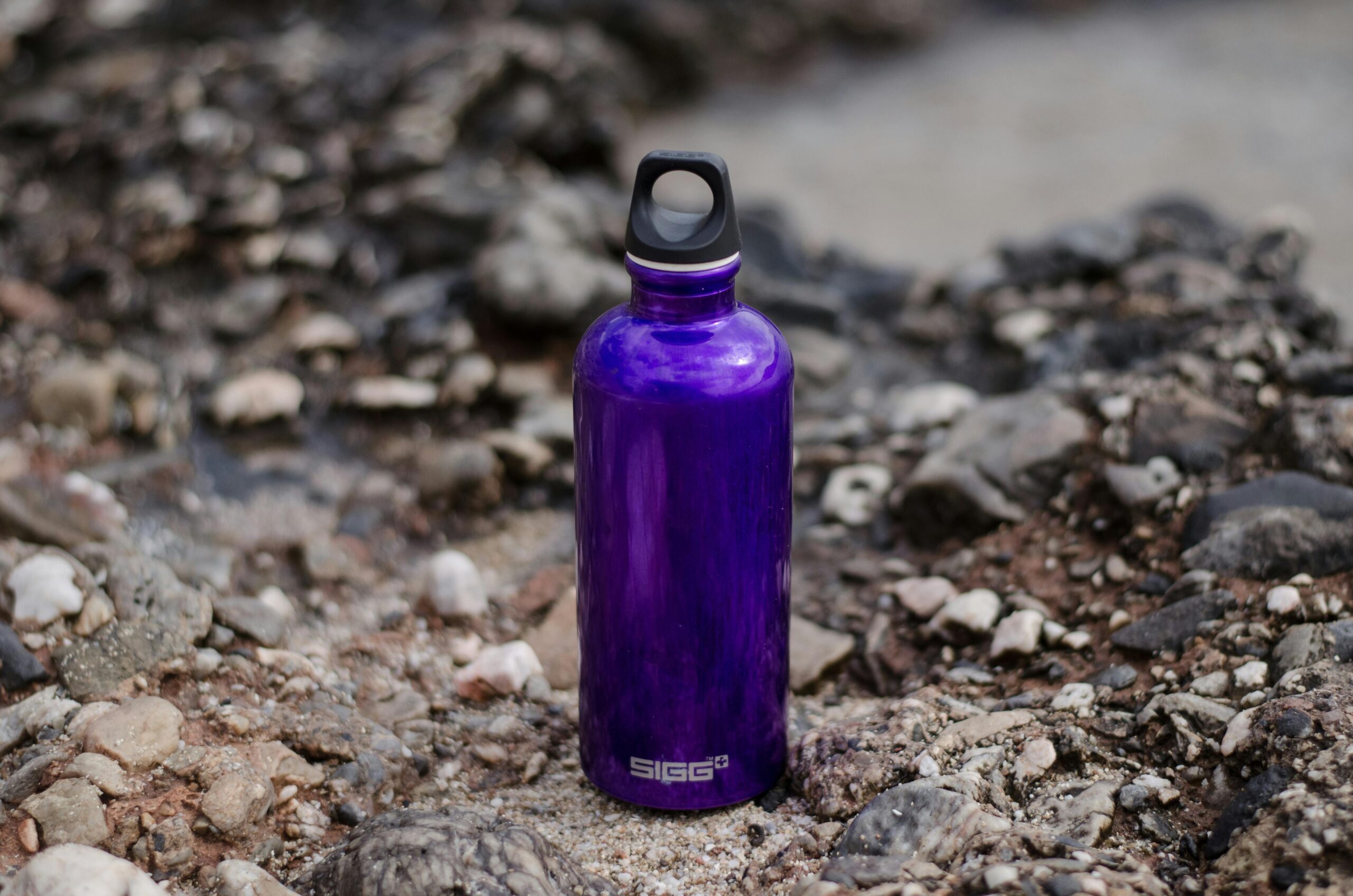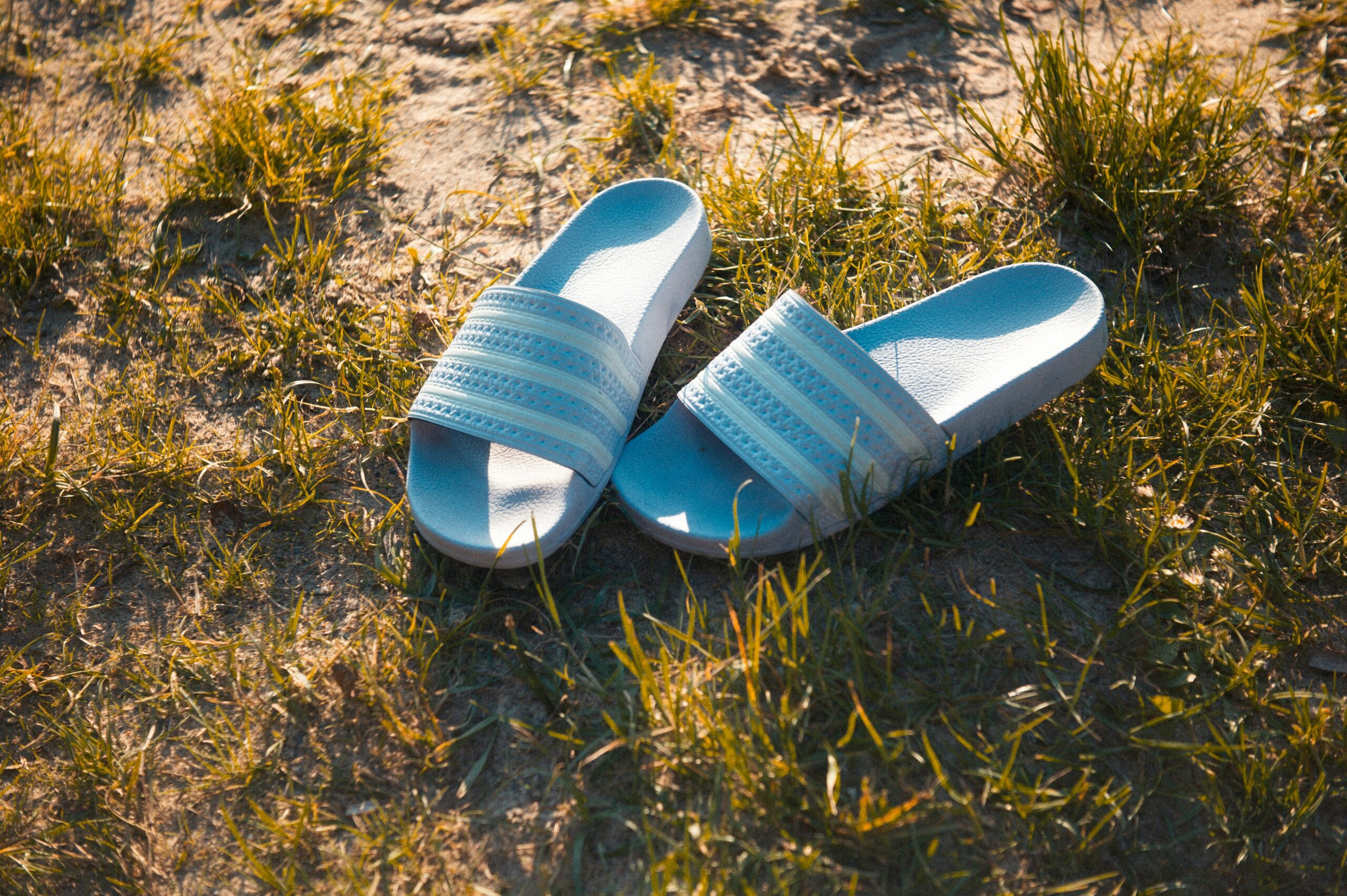Sleeping bags are essential for outdoor enthusiasts, providing warmth and comfort during camping trips. Over time, however, they can accumulate dirt, sweat, oils, and odors, which necessitate proper cleaning. Washing a sleeping bag might seem daunting, but with the right knowledge and techniques, you can maintain its performance and longevity. This comprehensive guide covers everything you need to know about washing sleeping bags, from preparation to drying and maintenance tips.
Introduction
Sleeping bags are crucial for a comfortable night’s sleep outdoors. They provide insulation and protection from the elements, making them indispensable for campers, hikers, and backpackers. However, regular use can lead to a buildup of dirt, sweat, and oils, which can compromise the bag’s insulation and comfort. Proper cleaning and maintenance are essential to ensure your sleeping bag remains effective and lasts for many years. This guide will walk you through the process of washing and caring for your sleeping bag, ensuring it stays clean and functional.
Understanding Your Sleeping Bag
Types of Sleeping Bags
Sleeping bags come in various types, each with unique features and cleaning requirements:
- Down Sleeping Bags: Filled with natural down feathers, these bags are lightweight and highly insulating. They require special care during washing to maintain their loft and insulating properties.
- Synthetic Sleeping Bags: Filled with man-made fibers, synthetic bags are generally easier to clean and dry faster than down bags. They are also more resistant to moisture.
- Waterproof and Water-Resistant Sleeping Bags: These bags have a special outer coating to protect against moisture. Cleaning these requires careful handling to avoid damaging the waterproof layer.
Importance of Regular Cleaning
Regular cleaning of your sleeping bag is essential for several reasons:
- Hygiene: Removes dirt, sweat, and oils that can cause odors and bacterial growth.
- Performance: Maintains the loft and insulating properties, ensuring the bag keeps you warm.
- Durability: Prevents the breakdown of materials, extending the lifespan of the sleeping bag.
Basic Cleaning Supplies
Essential Tools
To clean your sleeping bag effectively, you’ll need the following tools:
- Mild Detergent: Use a detergent specifically designed for down or synthetic sleeping bags. Avoid regular detergents as they can strip the natural oils from down and damage synthetic fibers.
- Soft-Bristled Brush: For spot cleaning and removing stains.
- Large Bathtub or Basin: For hand washing.
- Washing Machine: A front-loading machine is preferable as it is gentler on sleeping bags.
Optional Tools
For more thorough cleaning, consider these optional tools:
- Down Wash: A specialized detergent for down sleeping bags that helps maintain their loft and insulating properties.
- Mesh Laundry Bag: To protect the sleeping bag during machine washing.
- Tennis Balls or Dryer Balls: Used during drying to help fluff the sleeping bag.
Preparing to Wash Your Sleeping Bag
Inspecting for Damage
Before washing your sleeping bag, inspect it for any damage such as tears, loose threads, or broken zippers. Repair any minor issues to prevent them from worsening during washing.
Reading Care Labels
Always read the care label on your sleeping bag. It provides important information about the recommended washing and drying methods, as well as any specific detergents to use or avoid.
Pre-Treating Stains
Pre-treat any visible stains before washing:
- Apply Detergent: Apply a small amount of mild detergent or down wash directly to the stain.
- Scrub Gently: Use a soft-bristled brush to gently scrub the stain.
- Let Sit: Allow the detergent to sit on the stain for a few minutes before washing.
Washing Methods
Hand Washing
Hand washing is the gentlest method for cleaning sleeping bags, especially down-filled ones.
- Fill Bathtub: Fill a large bathtub or basin with lukewarm water.
- Add Detergent: Add the recommended amount of mild detergent or down wash to the water.
- Submerge Bag: Submerge the sleeping bag in the water, ensuring it is fully saturated.
- Gently Agitate: Gently agitate the water to help distribute the detergent and loosen dirt.
- Soak: Let the sleeping bag soak for about 30 minutes.
- Rinse Thoroughly: Drain the soapy water and refill the tub with clean water. Rinse the bag thoroughly to remove all detergent. Repeat as necessary until the water runs clear.
- Press Out Water: Press out excess water gently without wringing the bag.
Machine Washing
Machine washing can be used for synthetic sleeping bags and some down bags, but it must be done carefully.
- Check Machine: Use a front-loading washing machine if possible, as top loaders can be too harsh.
- Set Cycle: Set the machine to a gentle cycle with cold or lukewarm water.
- Add Detergent: Add the recommended amount of mild detergent or down wash.
- Place in Machine: Place the sleeping bag in the machine. If it is too large, wash it at a laundromat with commercial-size machines.
- Rinse Thoroughly: After the wash cycle, run an extra rinse cycle to ensure all detergent is removed.
- Press Out Water: Gently press out excess water before transferring the bag to the dryer.
Drying Methods
Air Drying
Air drying is the safest method, especially for down sleeping bags.
- Lay Flat: Lay the sleeping bag flat on a clean surface, such as a drying rack or clean tarp.
- Fluff Occasionally: Fluff the sleeping bag occasionally to help restore loft and ensure even drying.
- Avoid Direct Sunlight: Dry in a shaded area to prevent UV damage to the fabric and insulation.
Tumble Drying
Tumble drying can be used for both down and synthetic sleeping bags but must be done with care.
- Low Heat: Set the dryer to a low heat setting.
- Use Dryer Balls: Add tennis balls or dryer balls to the dryer to help fluff the sleeping bag and restore loft.
- Check Regularly: Check the sleeping bag regularly to ensure it is drying evenly and not overheating.
- Complete Drying: Make sure the sleeping bag is completely dry before storing it to prevent mold and mildew growth.
Post-Wash Care
Fluffing and Storage
After washing and drying, proper fluffing and storage are crucial.
- Fluff the Bag: Fluff the sleeping bag to restore its loft and insulation.
- Store Loosely: Store the sleeping bag in a large, breathable storage sack rather than its compression sack to maintain loft.
- Avoid Compression: Avoid long-term compression, which can damage the insulation.
Repairing Damage
Inspect the sleeping bag for any damage that may have occurred during washing.
- Patch Holes: Use fabric patches or repair tape to patch small holes.
- Fix Zippers: Lubricate and fix any zippers that are sticking or not closing properly.
Special Considerations
Down vs. Synthetic Fill
Down and synthetic sleeping bags have different care requirements:
- Down Sleeping Bags: Require special down wash detergents and careful handling to maintain loft and insulation.
- Synthetic Sleeping Bags: Easier to clean and dry, but still require gentle handling to avoid damaging the fibers.
Waterproof and Water-Resistant Bags
For waterproof and water-resistant sleeping bags:
- Avoid Harsh Detergents: Use mild detergents that won’t strip the waterproof coating.
- Reapply Waterproofing: After washing, consider reapplying a waterproofing treatment to maintain the bag’s water resistance.
Preventive Measures
Using a Sleeping Bag Liner
Using a sleeping bag liner can help keep your sleeping bag clean and reduce the frequency of washing.
- Easier to Clean: Liners are easier to wash than sleeping bags and can be washed more frequently.
- Additional Warmth: Liners can provide additional warmth and comfort.
Proper Storage Techniques
Proper storage is essential to maintaining your sleeping bag’s condition.
- Store Loosely: Store your sleeping bag in a large, breathable storage sack.
- Avoid Compression: Avoid long-term compression, which can damage the insulation.
- Cool, Dry Place: Store in a cool, dry place away from direct sunlight and moisture.
Regular Maintenance Tips
Regular maintenance can prolong the life of your sleeping bag.
- Spot Clean: Spot clean as needed to avoid frequent full washes.
- Air Out: Air out your sleeping bag after each use to prevent odors and moisture buildup.
Troubleshooting Common Issues
Dealing with Clumping
Clumping can occur in down sleeping bags during washing.
- Use Dryer Balls: Add dryer balls or clean tennis balls to the dryer to help break up clumps and restore loft.
- Manual Fluffing: Manually fluff the sleeping bag periodically during drying to redistribute the down.
Removing Stubborn Stains
Stubborn stains may require additional treatment.
- Baking Soda Paste: Apply a paste of baking soda and water to the stain and let sit before scrubbing and rinsing.
- Repeat Washing: Repeat the washing process if the stain persists.
Handling Odors
Persistent odors can be eliminated with proper cleaning.
- Vinegar Soak: Soak the sleeping bag in a solution of water and white vinegar before washing.
- Sun Drying: Sun drying can help eliminate odors, but avoid prolonged exposure to prevent UV damage.
Myths and Misconceptions
- Myth: Frequent washing damages sleeping bags.
- Fact: Proper washing and care can maintain the bag’s performance and extend its life.
- Myth: Down sleeping bags can’t be washed.
- Fact: Down sleeping bags can be washed with the right techniques and detergents.
- Myth: Machine drying always damages sleeping bags.
- Fact: Using low heat and dryer balls can safely dry sleeping bags.
Additional FAQs
Can I use regular laundry detergent to wash my sleeping bag?
It’s best to use a mild detergent or a detergent specifically designed for down or synthetic sleeping bags to avoid damaging the insulation.
How often should I wash my sleeping bag?
Wash your sleeping bag as needed, typically once a season or after extended use.
Is it okay to dry clean my sleeping bag?
Dry cleaning is not recommended for sleeping bags as the chemicals used can damage the insulation and fabric.
What should I do if my sleeping bag gets wet on a camping trip?
Dry it out as soon as possible by hanging it in a well-ventilated area. If necessary, use a portable clothesline or drying rack.
Can I use fabric softener on my sleeping bag?
No, fabric softeners can coat the insulation fibers, reducing their effectiveness.
How do I fix a broken zipper on my sleeping bag?
Lubricate the zipper with a graphite pencil or zipper lubricant. If the problem persists, consult a professional for repair.
Can I wash my sleeping bag in a top-loading washing machine?
Front-loading machines are recommended, but if using a top-loader, be extra careful to distribute the bag evenly and avoid the agitator.
How do I prevent my sleeping bag from getting smelly?
Use a sleeping bag liner, air out the bag after each use, and ensure it is completely dry before storing.
What should I do if my sleeping bag has a tear?
Repair small tears with fabric patches or repair tape. For larger repairs, consult a professional.
Is it necessary to use a special detergent for down sleeping bags?
Yes, down-specific detergents help maintain the loft and insulating properties of the down.
Can I store my sleeping bag in its compression sack?
Long-term storage in a compression sack can damage the insulation. Use a large, breathable storage sack for long-term storage.
How do I remove mildew from my sleeping bag?
Soak the affected area in a solution of water and vinegar, then wash and dry thoroughly.
What is the best way to dry a down sleeping bag?
Tumble dry on low heat with dryer balls or tennis balls to help restore loft.
Can I iron my sleeping bag to remove wrinkles?
No, ironing can damage the fabric and insulation. Instead, fluff and air out the bag to remove wrinkles.
How do I clean the inside of my sleeping bag?
Turn the sleeping bag inside out and follow the same washing instructions for the exterior.
What should I do if my sleeping bag leaks feathers?
Small leaks are normal, but if excessive, check for tears and repair as needed. Ensure the fabric is intact and not overstuffed.
Can I use bleach to clean my sleeping bag?
No, bleach can damage the fabric and insulation. Stick to mild detergents.
How do I restore the water repellency of my sleeping bag?
Use a spray-on or wash-in waterproofing treatment designed for outdoor gear.
Why does my sleeping bag feel flat after washing?
Improper drying can cause the insulation to clump. Use dryer balls and ensure the bag is completely dry to restore loft.
Can I wash my sleeping bag with other items?
It’s best to wash your sleeping bag alone to ensure thorough cleaning and prevent damage.
Conclusion
Washing your sleeping bag regularly and correctly is essential for maintaining its performance and longevity. By following the steps outlined in this guide, you can ensure your sleeping bag remains clean, comfortable, and ready for your next outdoor adventure. Proper cleaning, drying, and storage techniques will help you get the most out of your sleeping bag for years to come.



